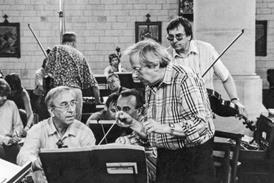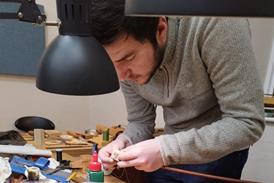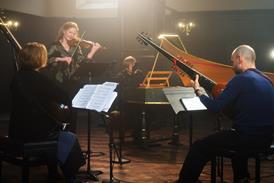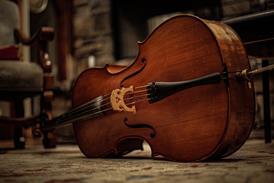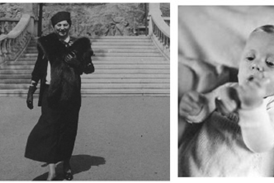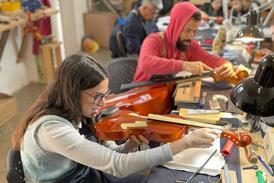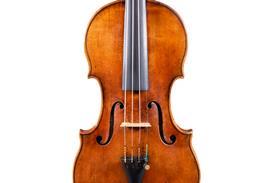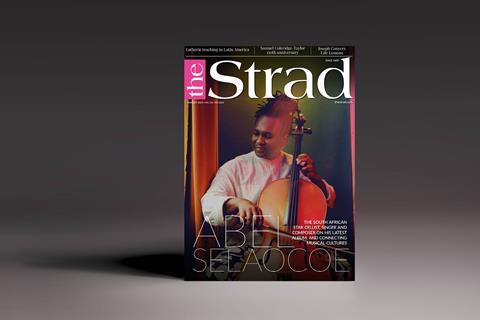- More from navigation items
- Home
- News
- For Subscribers
- Student Hub
- Playing Hub
- Podcast
- Lutherie
- Magazine
- Magazine archive
- Whether you're a player, maker, teacher or enthusiast, you'll find ideas and inspiration from leading artists, teachers and luthiers in our archive which features every issue published since January 2010 - available exclusively to subscribers. View the archive.
- Jobs
- Shop
- Directory
- Contact us
- Subscribe
- School Subscription
- Competitions
- Reviews
- Debate
- Artists
- Accessories
How to develop left-hand finger strength

Up and down movement is the basis of left-hand technique and many pedagogues have invented fiendish exercises to improve it. Rok Klopčič takes a look at some of them
Explore more Technique like this in The Strad Playing Hub
To play even the most simple melody we must stop the string in order to define pitch, making vertical finger motion the central element of left-hand technique. As a result it has received much attention, many different kinds of exercises and more than the usual amount of incorrect advice.
This includes the recommendation, made by Flesch, Dounis and Menuhin, that every finger should fall with its natural weight. S. Mittelmann and František Ondříček disagree with this idea in their 1909 violin method. They argue that finger movements are made with the fine-control muscles of the arm, hand and fingers. Natural weight, therefore, cannot play any role; even if the fingers could function without muscles, using their own weight, this would not involve enough force. To stop a string the necessary weight is approximately between 170 and 360 grams, depending on the string and the point of contact of the left-hand finger, as Otto Szende observes. Any suggestion of the influence of gravity on fingers is equally invalid...
Already subscribed? Please sign in
Subscribe to continue reading…
We’re delighted that you are enjoying our website. For a limited period, you can try an online subscription to The Strad completely free of charge.
* Issues and supplements are available as both print and digital editions. Online subscribers will only receive access to the digital versions.


